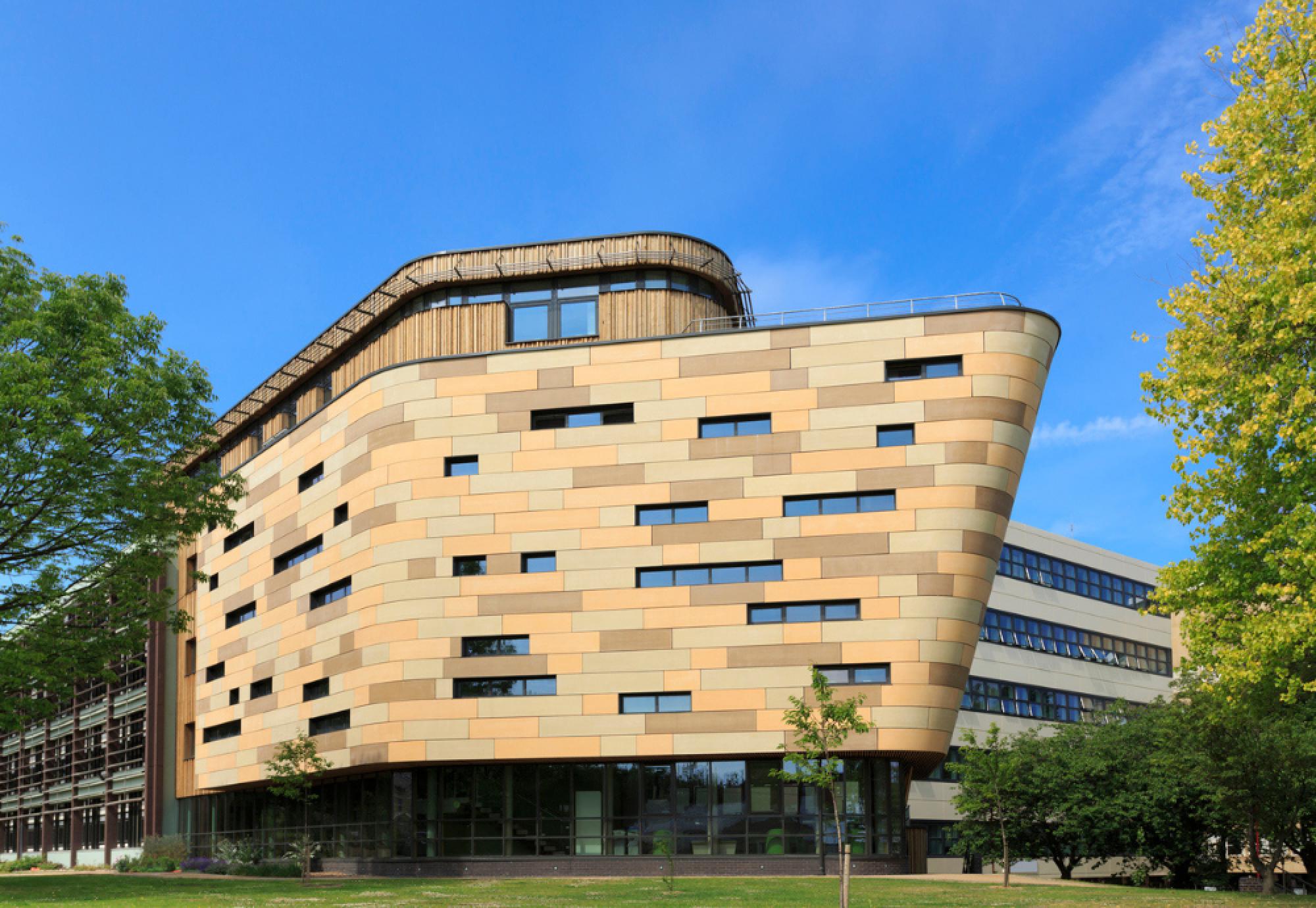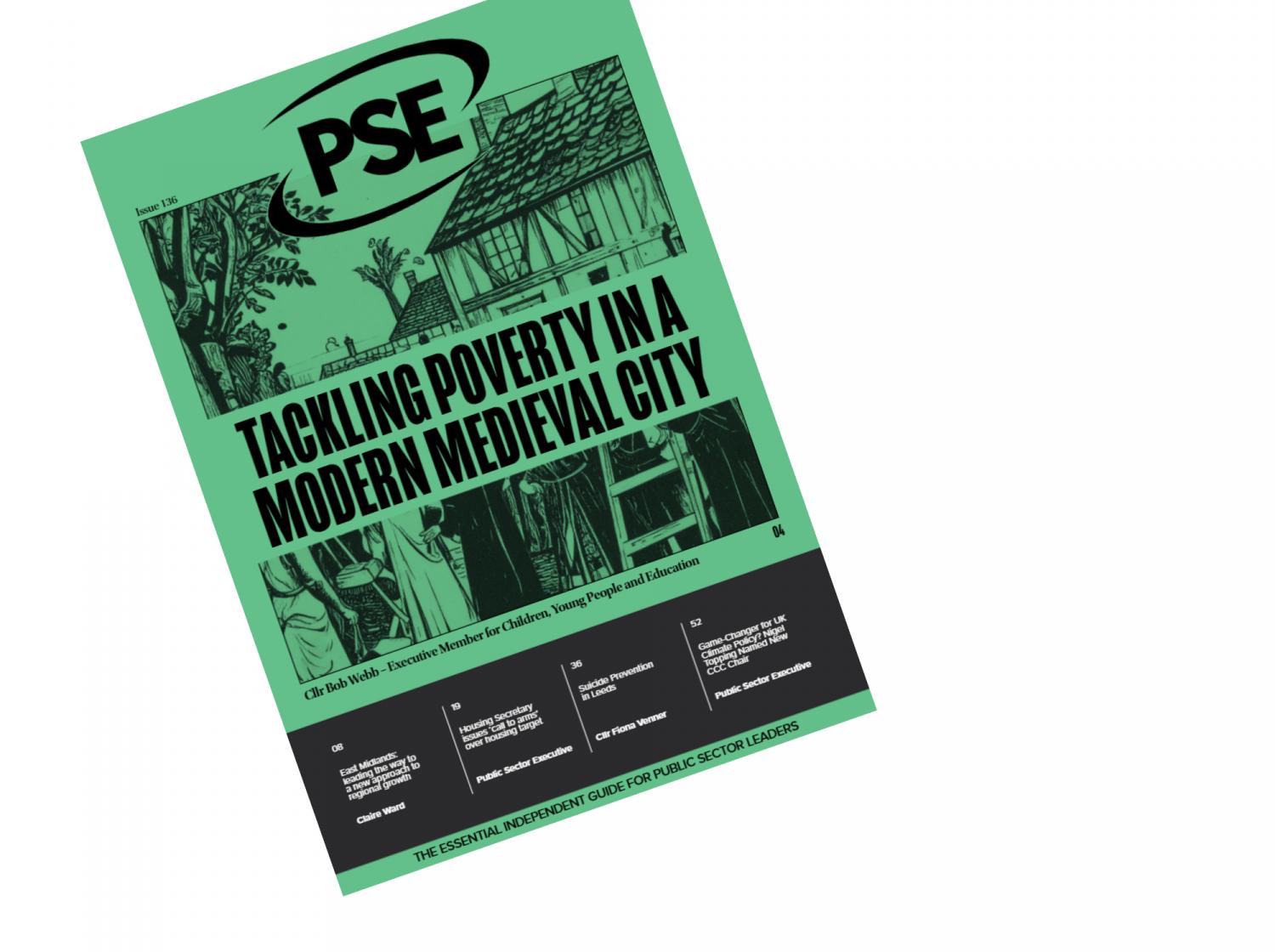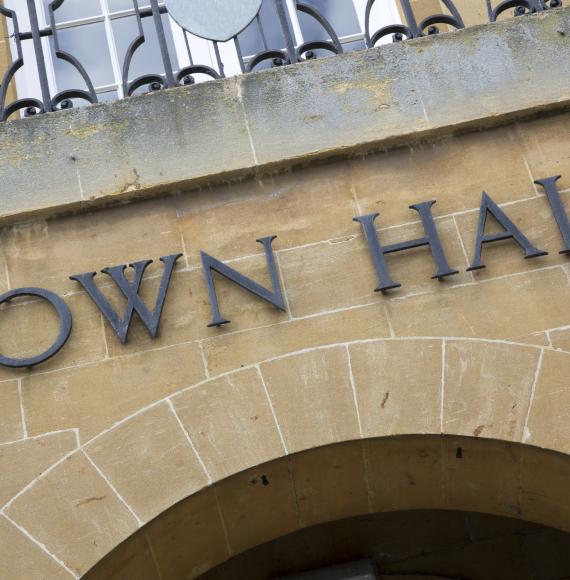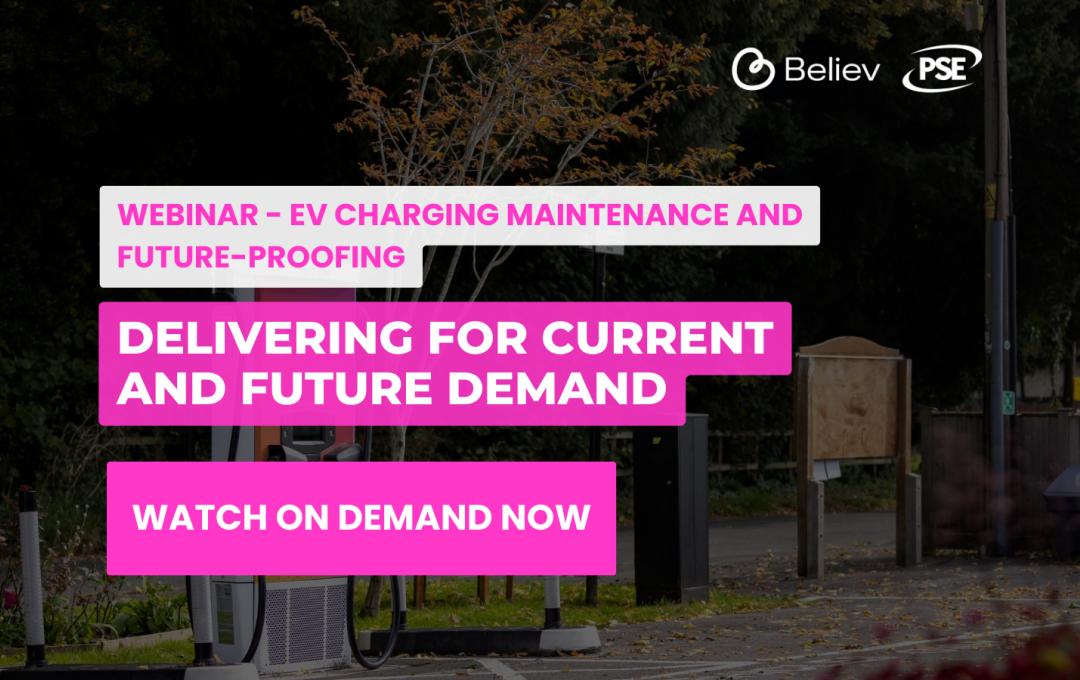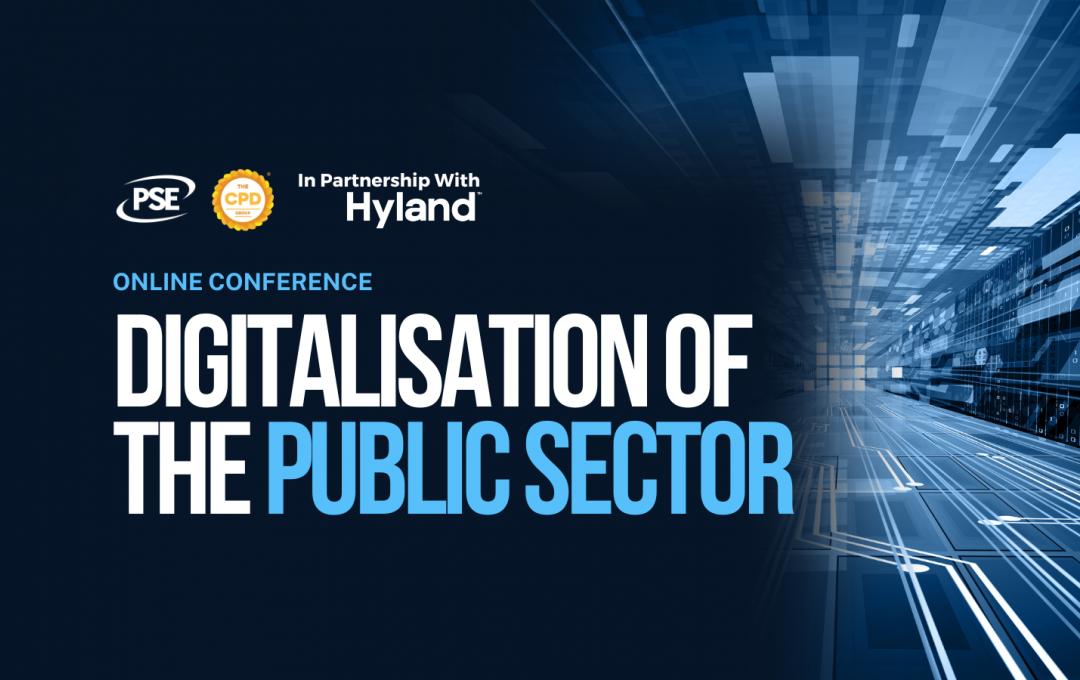The University of Bradford calls itself an ‘ecoversity’, with its campus a ‘green oasis’ in the middle of the city. The campus includes some of the most environmentally friendly buildings in the world. PSE talked to the university estate manager for engineering and building, Russell Smith.
The University of Bradford has two of the most eco-friendly buildings in the world right next to each other. The Bright Building, which opened in autumn 2013, is thought to be the world’s largest monolithic hemp and timber frame building, and has a BREEAM ‘Outstanding’ rating. At the time of award, it had the highest BREEAM interim assessment in the world, 94.95%.
Its neighbour, the recently-completed STEM Building, will be the UK’s first Passivhaus accredited educational facility also on target to achieve BREEAM ‘Outstanding’.
The university’s contractor for both was GB Building Solutions, which also worked on The Green eco-friendly student village, the first UK student accommodation to achieve BREEAM ‘Outstanding’.
University estate manager for engineering and building, Russell Smith, told PSE that the university’s ‘ecoversity’ strategy runs through its curriculum, its teaching, its facilities management and especially its buildings. When a decision was taken nearly a decade ago to regenerate the university’s estate – it had fallen into “some disrepair” at that point, Smith admitted – doing it sustainably was the priority.
He explained: “Since then, we’ve been working through the estate, and though we’re not finished yet, we’re a long way on the way.”
The utilities bill has fallen from £2.7m then to £2.1m now, and green measures make good business sense. “We track the market on utilities, and the next five years isn’t looking good in terms of cost or security of supply. If we lost power or gas at clearing time, that’s worth £33m to us. We’re trying to get a number of buildings self-sufficient, using the Grid as a back-up, so that if anything does happen, we can operate core functions independently.
“Success begets success, and we’ve been able to invest in this. It’s created world-class spaces for teaching and research as well. We’ve been working this way for such a long time – sustainable construction is in our DNA and we don’t give it a second thought.”
Smith said the building methods at the heart of sustainable construction – such as airtightness, quality materials and natural ventilation – are somewhat alien to the UK construction industry in general, so specialists are required.
The Bright Building was designed to use the fewest possible electro-mechanical interventions. Smith said: “The building’s physics drive everything – not the engineering. It’s fully naturally ventilated, and we believe it’s the largest monolithic hemp brick building in the world. It’s got an engineered timber frame and floors made from recycled material.
“Strictly speaking, it probably could function without any heat, but the university thought it wise to put a small amount in. We were looking at a ground source heat pump to drive it, but we ended up with an air source heat pump. But to offset that, we put in a solar array on the roof and also on the adjacent building.
“We’re very proud of it: there are break-out spaces, tropical plants, it’s got a roof garden and a pond on the roof and lots of biodiversity up there.
“The lower floors are used by the local community and schools to learn about sustainable living, the middle floors are university space, and the upper floors are for business incubation, particularly for sustainable businesses.”
“It was not an easy build. It took more than seven years, start to finish, and the main construction was done during the wettest summer on record in 2012, which affected the hemp’s curing times.
Smith admitted: “I don’t think anyone will build one like it again! They may build with hemp cassettes, but a building of that size of monolithic hemp…I think there are some limitations in terms of construction. In terms of operation, it’s early days, and there have been a few niggles for us to fine-tune, but it’s looking like it’s working.
“It’s attracted a lot of interest because it’s a spectacular looking building, and the occupants are really happy.”
The neighbouring STEM building looks set to be the only building in the world with three major sustainable construction accreditations to its name: Passivhaus, AECB (Association for Environment Conscious Building) and BREEAM.
It was built off-site in a modular fashion, requiring only six skips on a £1.5m build, seen as quite an achievement.
GB Group executive chairman Martin Smout said: “Clients like the University of Bradford are increasingly demanding an in-depth understanding of low carbon techniques and practices to comply with new legislation and standards aimed at creating a more energy-efficient built environment. We were delighted when the Estates Team returned to seek our help with their ambitious STEM Building project, which was a clear indication of their confidence in our sustainability credentials.”

